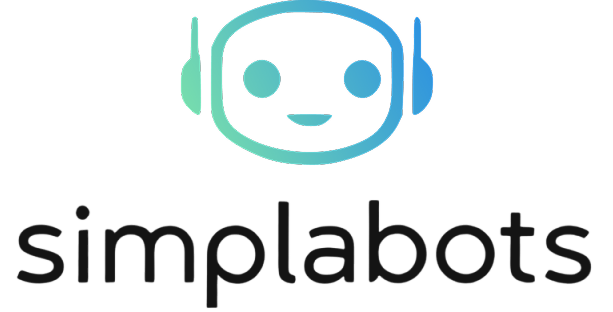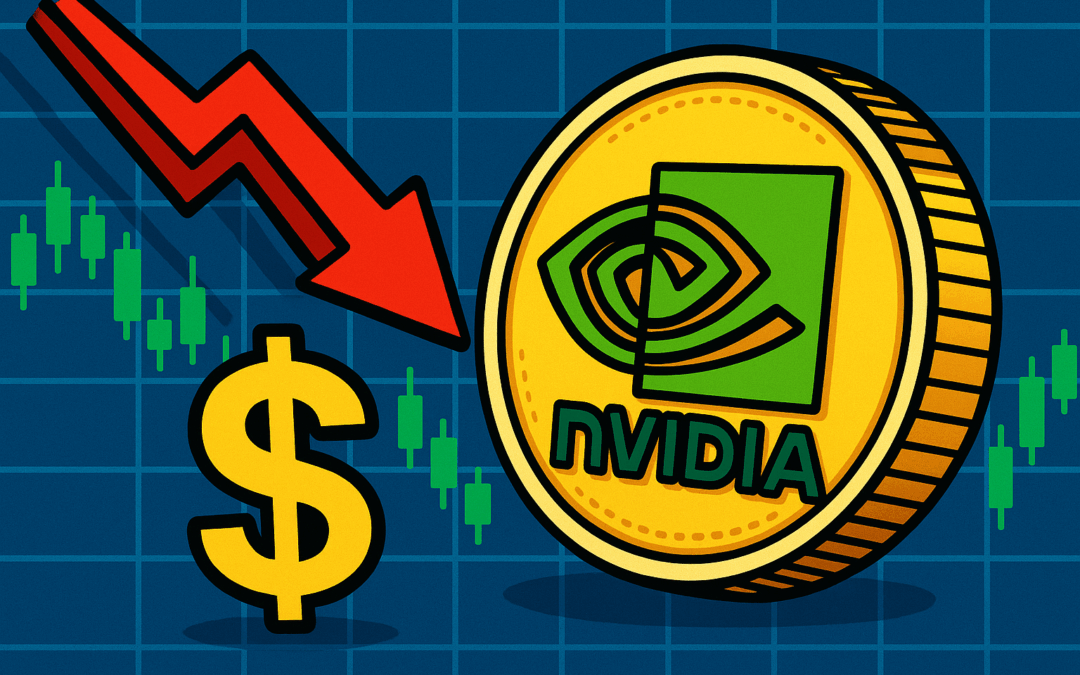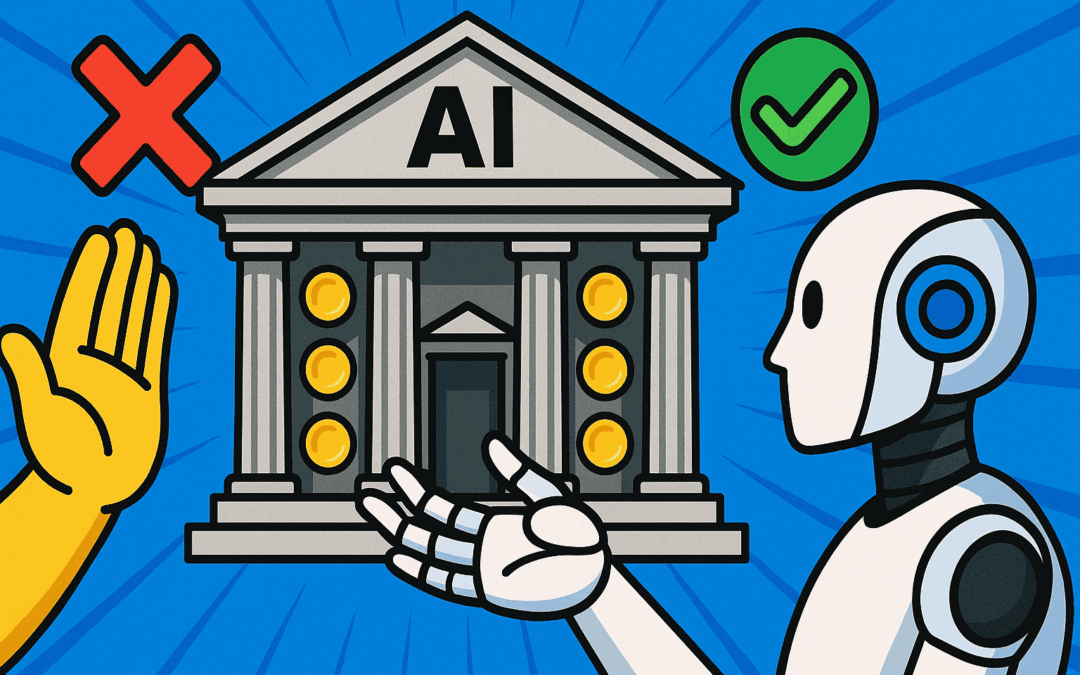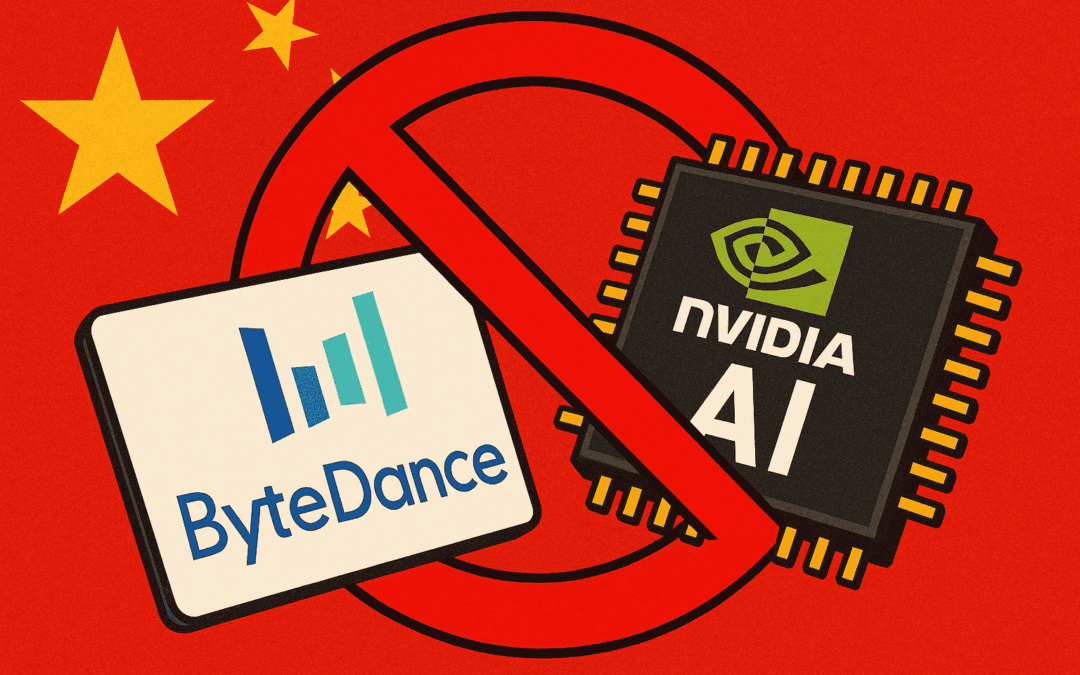Huawei Cloud’s latest initiative in AI infrastructure marks a significant leap for enterprise adoption and the evolution of AI-driven industries.
With advancements in cloud-based large language models and sector-specific solutions, Huawei intensifies global competition and ecosystem growth in generative AI.
Key Takeaways
- Huawei Cloud unveiled new AI infrastructure and large language models focused on industry-specific applications at its Asia-Pacific Financial Summit 2024.
- The company’s Pangu models and ModelArts platform accelerate generative AI integration for sectors including finance, healthcare, and manufacturing.
- Huawei’s move signals aggressive competition with US and regional AI cloud providers, expanding open-source and partner ecosystems.
- The firm aims to enhance data sovereignty, compliance, and localization in AI services for Asia-Pacific enterprises.
Huawei Cloud’s Expanded AI Portfolio: What’s New?
At the 2024 Huawei Cloud Asia-Pacific Financial Summit, the tech giant introduced its upgraded Pangu Large Models and enhanced ModelArts AI development platform.
These tools bring faster training, deployment, and fine-tuning of domain-specific large language models (LLMs).
Huawei claims that its Pangu models now offer industry-grade AI capabilities covering finance, healthcare, and manufacturing—with improved accuracy and lower total cost of ownership compared to previous versions.
The company also presented advances in AI-native storage, distributed compute, and end-to-end industrial application support.
Their new “Everything as a Service” (XaaS) initiative positions Huawei Cloud as a one-stop infrastructure provider for organizations upgrading to generative AI workflows.
Industry Implications
For developers, these expanded AI offerings simplify the integration and scaling of LLMs, thanks to pre-trained models and improved orchestration tools.
The broader open-source and cross-region partner focus—visible in Huawei Cloud’s ecosystem—enables startups and integrators to access AI resources tailored to local compliance, security, and data sovereignty needs.
Huawei’s verticalized strategy in AI signals a growing trend: Enterprises demand generative AI platforms that adapt to strict sectoral regulations and unique operational data.
Startups leveraging Huawei’s AI infrastructure can deploy vertical LLMs without building foundational models from scratch.
For regulated industries, the built-in risk controls and localization serve as differentiators in choosing Huawei Cloud over US or EU competitors.
Competitive Landscape and Ecosystem Growth
According to Technode and SCMP, Huawei Cloud’s strengthened regional strategy directly challenges cloud AI leaders like Google, AWS, and Alibaba.
The firm’s emphasis on open-source toolkits and collaboration with local partners reinforces its position amid ongoing US-China tech tensions and digital sovereignty debates.
AI professionals and digital enterprises in Asia-Pacific will benefit from broader LLM choices with localized support, potentially accelerating generative AI adoption in high-value, regulated sectors.
Unlike North American hyperscalers, Huawei’s compliance-driven approach may become pivotal for governments and financial institutions with heightened data residency standards.
What to Watch Next
With generative AI transforming industry workflows, the ongoing democratization of enterprise AI infrastructure stands to spark innovation among software developers and technology providers.
Developers and startups should assess Huawei Cloud’s competitive pricing, integrations, and ecosystem alignment for future-ready AI projects, especially in regulated markets.
As enterprise adoption of LLMs accelerates, the balance between model accuracy, compliance, and localization will define winners in the global AI infrastructure race.
Source: AI Magazine











